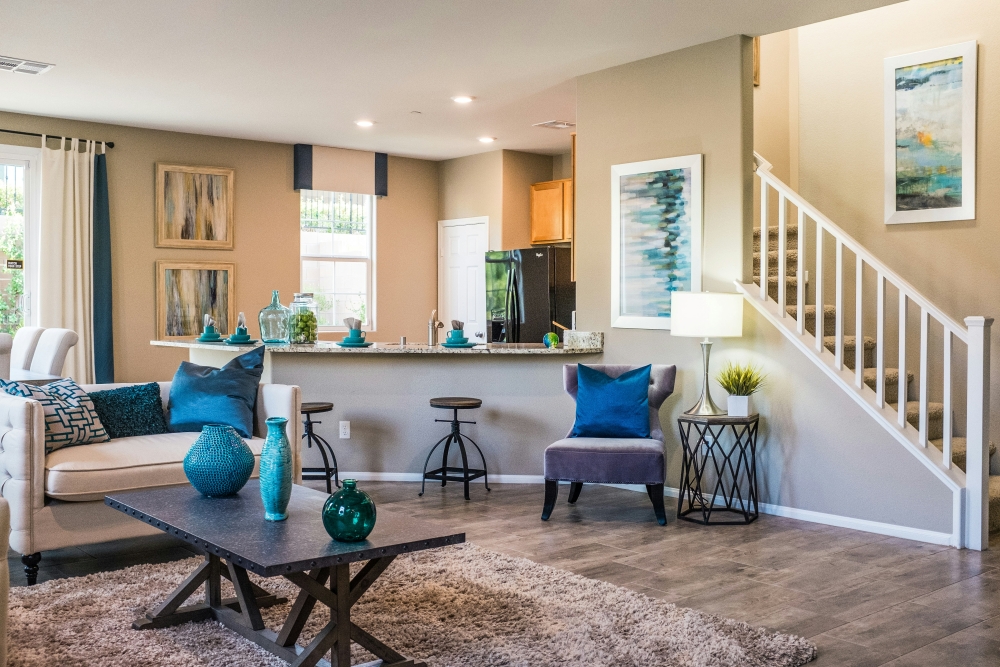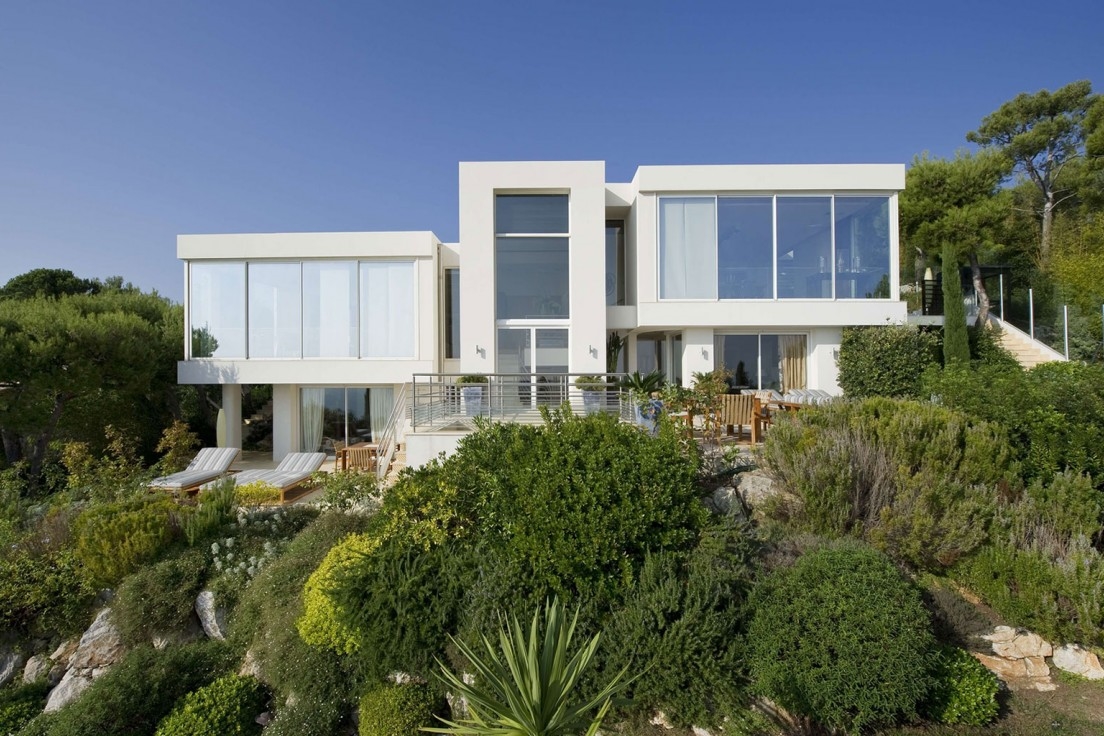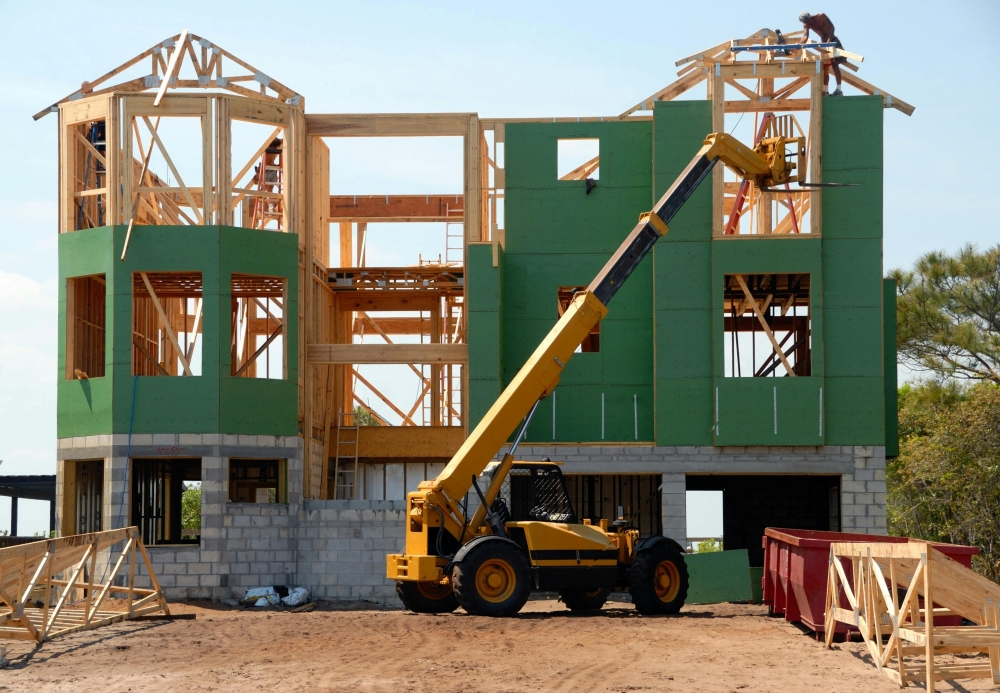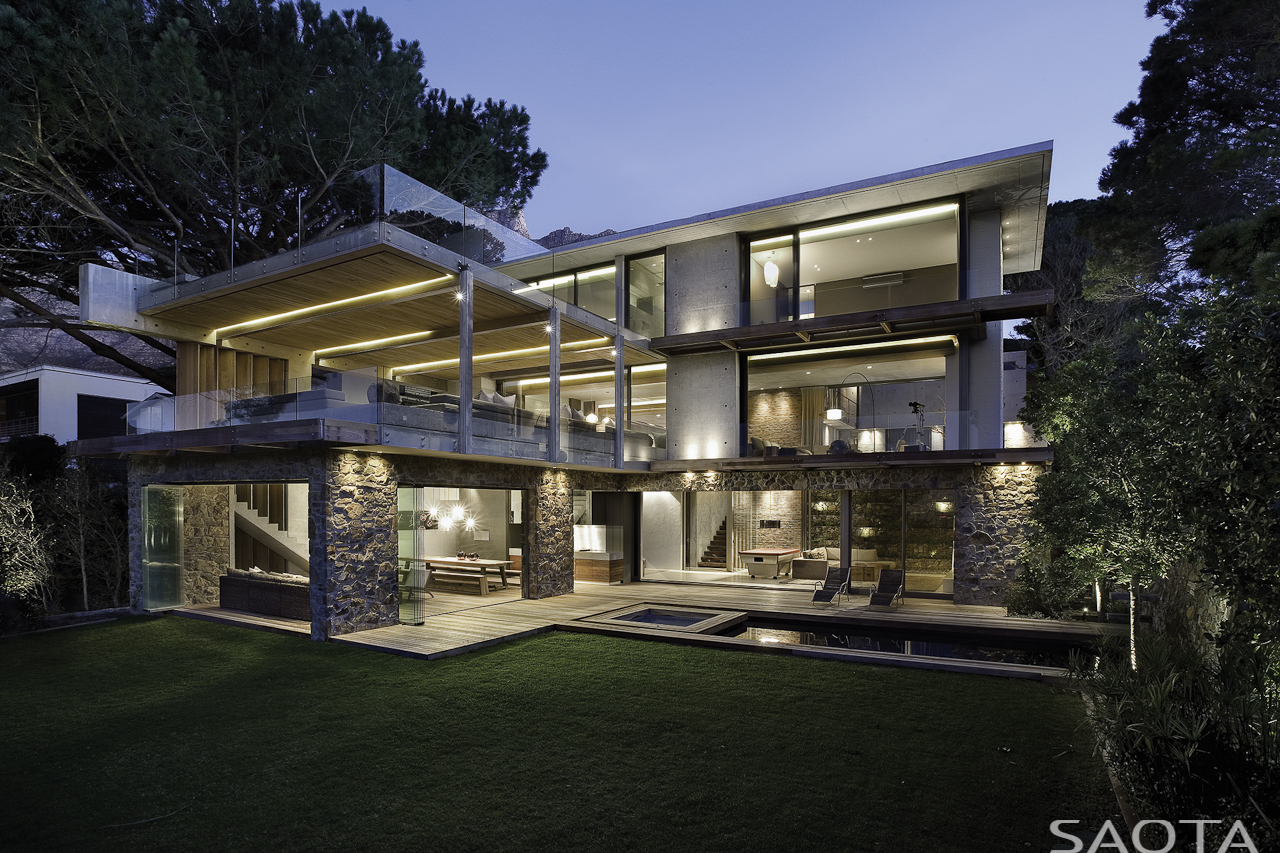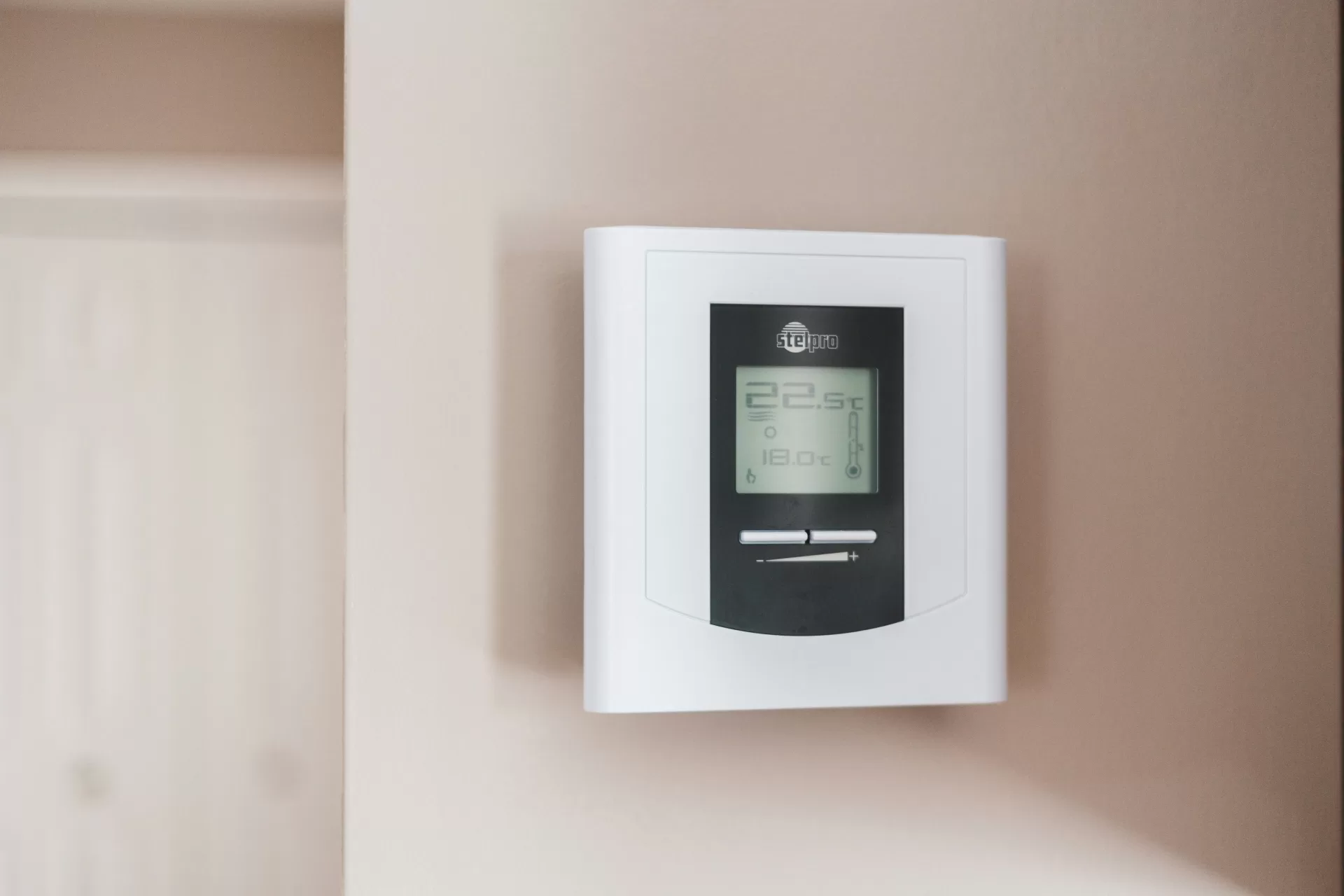Ever wondered what went into the inception and the eventual construction of the apartment building you reside in or perhaps pass by every day? Right from the initial outline and blueprint to the final lick of paint, the lifecycle of an apartment building is fascinating.
From the moment of conceptualisation to making it a place of habitation, there’s a lot that goes into an apartment building. Detailed planning, skilled craftsmanship and continued maintenance and care are all a part and parcel of this journey.
In this article, we’ll go behind the scenes to unearth the various stages that transform an unoccupied, vacant piece of land into a lively residential hub.
The 4 Phases
Most architects and engineers divide the apartment building’s lifecycle into four phases:
- The Planning Phase
- The Pre-construction Phase
- The Construction Phase
- The Post-construction Phase
Some construction workers also include the end-of-service phase in the building’s lifecycle phase.
The building’s lifecycle will cover every aspect, including the materials used and the requirements for aggregate suppliers. It will also examine the environmental impact of construction, along with the legal regulations and financial approvals needed.
To understand the creation and functioning of your apartment building, let’s go behind the scenes!
Planning Phase
During this stage, the building only exists on the architectural drawing board. This might be one of the least cost-intensive processes, but it has a far-reaching impact, especially in the construction phase.
This stage usually starts with the property owner selecting an architectural firm and explaining their requirements that highlight the kind of property to be built, any ideas regarding its construction, and an estimated initial cost. This is followed by the study of the land and feasibility inquiry, which includes environmental impact study, and financial viability of the project.
Architects work closely with engineers to create a detailed plan with specifications that include structural design and deciding on the mechanical, electrical, and plumbing systems.
Owners and project managers also need to work on the administrative and compliance aspects of the project. This includes securing loans, obtaining building regulations, and the necessary planning permissions.
Building regulations in the UK ensure that apartment construction meets the government’s safety and performance metrics. The scope of building regulations can include everything from extensions and loft conversions to internal and structural alterations, and windows installation. The local authority building control department will issue the necessary approval only after studying the plans and technical drawings and undertaking site inspections.
Once you have the necessary permissions, finances, and scheduling in place, you can move on to the next phase.
Pre-Construction Phase
This is also known as the production phase.
It includes everything from working with a reputable aggregate supplier who can provide ethically sourced raw materials to figuring out the logistics and manpower required.
This phase is highly energy-dependent, right from the extraction of the natural resources and their conversion into usable construction materials to their transportation to the construction site.
You would also need to find the right professionals who specialise in different key areas of apartment construction, such as plumbers, electricians, HVAC specialists, and general contractors.
This is also the phase where you must prepare the ground to be fit for construction work. It can include the demolition of any existing structures, building a fence or wall around the land, or levelling the ground.
This phase also includes the final touches to budgets and schedules, which will ensure a more successful third phase.
Construction Phase
This is the culmination of the previous phase. You can actually see the apartment building come to life. At most construction sites, workers usually need a dedicated space to rest between work hours, conduct/attend meetings, and stay overnight if required. Construction site managers must therefore have provisions for proper site accommodation. This ensures worker safety and provides a proper work environment.
During this phase, the building structure will be built according to the plan and approvals. Any newly made structural modifications should be made during this stage. HVAC systems installation, plumbing, flooring, electrical wiring, or the addition of solar panels are all done during the construction phase. All types of foundational and structural work come under this phase.
Exterior finishing touches like landscaping, surface dressing of the roads and paths within the community, and even adding a community pool or playground are done in the third stage. These exterior provisions may require owners and general contractors to work with professionals like landscape artists, surface dressing contractors, and others.
It’s important to ensure that every decision and finishing touches added during this phase will impact the living conditions of the residents. It will also influence the amount of rent you can levy or the selling price of the individual flats.
For instance, an apartment with potholed roads or poorly constructed stairwells will not fetch high prices. Regular inspections and audits are important to ensure that the construction is compliant with building regulations and adheres to the pre-determined budget.
Post-Construction Phase
This is the longest phase in the apartment building lifecycle. The construction ends, and project managers and contractors hand over the building to the owner. The owner will now either find renters or buyers to lease or sell individual flats.
During this habitable phase, an apartment will require constant upkeep to ensure the building stays in top condition. Property owners usually follow a policy of reuse, repair, and refurbishment to increase the longevity of the building.
Over time, buildings need to be updated to keep up with changing times and technologies. This can involve resurfacing roads, installing new security systems, or installing energy-efficient electrical and heating systems. Keeping up with times allows residents to enjoy optimal living conditions while also ensuring a high rental income.
End-of-service Phase
This is the “death” of the apartment building. Once an apartment building has reached a stage where it is a money drain (requiring more repairs than the income generated) and is environmentally unsustainable, it needs to be demolished. When the living conditions in an apartment become subpar, it is time for it to be taken down.
This phase requires very close monitoring by environmental advocates, as it involves the reuse of construction material to reduce the stress on natural resources, recycling of materials and proper disposal and decommissioning of wastes. Hazardous materials need to be properly handled so that they do not cause adverse environmental impacts or cause any accident that can harm human life.
Demolition also creates a huge amount of air and noise pollution, and it must be done properly to reduce its negative impact.
We live in a circular economy; the next step follows this phase.
Summary
The lifecycle of an apartment building is complex. It can last for many decades and involves the participation and contribution of many individuals. Property owners, contractors, maintenance workers, and residents must work together at every stage of the building process to create a safe and sustainable space.
Close collaboration also ensures that the building is cost-effective and energy-efficient and that its longevity can be increased. An apartment building is not just made of bricks and mortar; it is a culmination of hard work and dreams.




